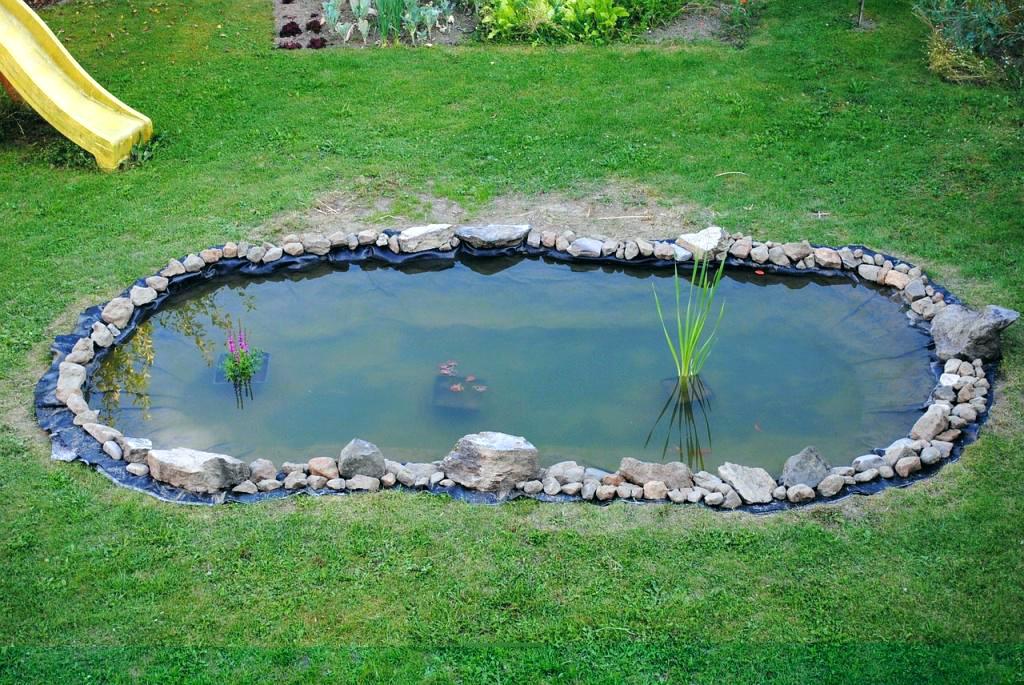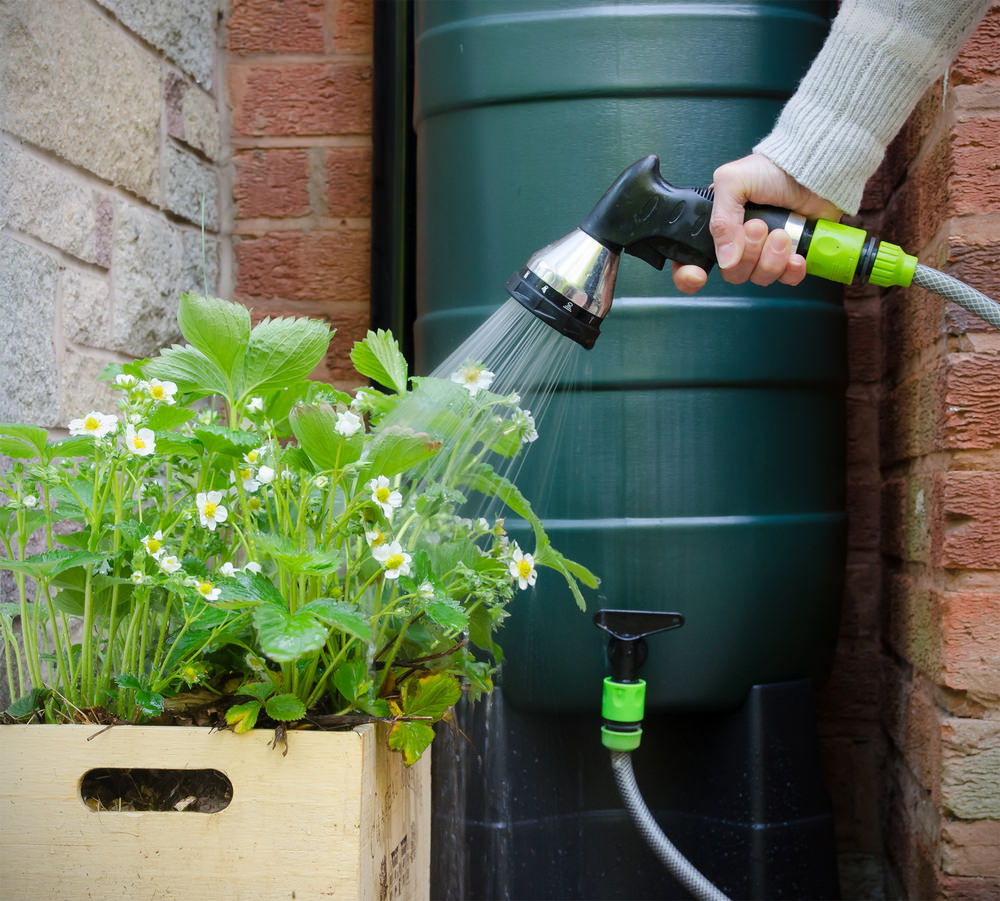It can be easy to take water for granted especially if we’ve lived with it all our lives. But in recent times, there have been a staggering amount of water shortages in many parts of the world.
What Is Rainwater Harvesting?
Rainwater harvesting is a technique which results in the collection and storage of rainwater for immediate or future use. It is a reliable and eco-friendly way to conserve and use water.
Here, we explore ways how we can help preserve our valuable water sources while saving money on our monthly water bills.
1. Starting with a Stainless Steel Water Tank
This is a cost-effective and effortless way to start harvesting rainwater. Most people use this method to start small and work towards complex ways later on.

We manufacture our Stainless Steel Water Tanks with double walled insulation packing. This keeps the water warm in winter and cool during summer. We offer the two most common grades available to meet our customer’s needs. These are mainly for the inner tank walls that are of 304 Grade and in 316 Grade. And for the outer wall, it is primarily made out of SS 304 Grade.
2. Take Another Step Further with GRP Tanks
Another great way to save water and money is to install rainwater collection systems in your home. GRP stands for Glass Reinforced Plastic and is ideal for storing water under any condition. We provide a variety of GRP tanks that can accommodate different uses, as a storage facility for rainwater and as dry storage for cereals, wheat, and other farm produce. Our GRP tanks use protective adaptations to prevent leakages, block out UV rays, and to stop the water from freezing.
3. Set Up a Rainwater Tarp
One of the more simple methods is to set up a rainwater tarp in your home. To get started, grab a tarp, PVC pipe, and a barrel or plastic container. Look for a slope or hill to determine where the water will come from and follow the flow. To collect the water, you need to create mounds at the edges of the tarp. Next, secure the tarp by placing weights throughout the tarp and then place the PVC pipe at the lowest part of the slope. This will help collect your water and voila! You have a simple yet effective way to collect rainwater.
4. Save Water with a Plastic-Lined Pond

This is a great way to save water and time if you want to have a pond constructed in your backyard, since lining your pond with plastic can be done as you build. Plastic pond liners cost around $150 at the hardware store, so it won’t cost you too much but will have a high return. Start with determining the size of your pond; a good size is 26 feet long by 16 feet wide and 5 feet deep. This size is accommodated by most liners and will provide a snug fit. For better water collection, make sure that the hole is constructed with elevated edges. Next, place your pond liner over the hole and connect it to your pipes and gutters at home.
5. Create Your Own Green Roof
If you don’t want to deal with tanks, tarps, ponds and other labor-intensive rainwater harvesting methods, then this is the way for you. A simple preparation of your roof is all you need to get this system up and running and is easy to maintain. Of course, everything needs a little doing at first, so cover your rooftop with a liner and layout garden beds with your favorite plants. If you want to do less work, place plants that require minimal care apart from getting water. Then, install gutters to get rid of the excess water. If you have time, you can also combine this system with one of our Atanistank systems to capture all of the runoff. Using this method, you don’t just save water and money, but you also get a beautiful garden by the roof.
6. Do More with Rainwater Gardens
If you would rather a gardening solution to your rainwater harvesting needs, then a rainwater garden is an efficient option to use. Using runoff water from gutters, driveways, or roofs, you can grow your vegetables. It also effectively filters the water from chemicals, bacteria, and pollutants that can be found in runoff. Apart from looking beautiful in your front yard, rainwater gardens have multiple uses in your home. From minimizing pollution, providing a continuous water supply, and reducing the mosquitoes during summer, it can also prevent flooding.
7. Opt for a Long Lasting Plastic Septic Tank

Septic tanks are constructed from highly durable, polyethylene resins to make it last as long as concrete but at a lower cost. Designed to be unaffected by soil chemicals as well as gases from sewage, our polyethylene septic tanks are safe to use and are not affected by corrosion. A more affordable option compared to stainless steel and GRP tanks, it shares similar features such as its sturdy build, generous space, and easy installation.
8. Installing a Bladder Tank in Your Home
This option is great for keeping the right amount of water without seeing the actual tank or barrels you keep the water in. It is a more discrete way to store your water if you don’t want your rainwater harvesting system sitting on your property. However, it is only possible to have this method done if your home has a crawl space underneath it.
9. Do Something Different with the Fencewell Water Tank
On the opposite side of having a discrete rainwater storage system, you also have the fencewell water tank method. This is an excellent, multi-purpose rainwater harvesting method that can double as a fence in your home. It is certainly unique and can be used throughout your house wherever fences are needed. However, it will cost more than the other ways mentioned.
10. Go Big with a Cistern for your Garden
This rainwater harvesting method has been used for centuries all over the world and has persisted even today due to its effectiveness. It can be as big or small as you need, according to your water storage needs. If there is rainwater on your roof, you can install a downspout to lead the water directly to your cistern. Using a cover, you can keep your water supply clean and ready for use, or you can have your cistern underground. However, you will need to be prepared for the cost of construction, where you can pick from materials such as metal, plastic, or fiberglass.
11. Start simple with the $15 Rain Barrel

This is the simplest method in our list and is the most cost-effective. Of course, there’s no reason not to try this first before going ahead with other methods. This way is undoubtedly the easiest that you can even do it yourself. It is both functional and dirt cheap, so what are you waiting for? All you need to do is purchase a barrel at your nearest hardware store, and connect it to pipes that will gather the rainwater for you.
So, there you have it, 11 ways to harvest rainwater in many forms and methods, all designed to make our lives a bit easier and more sustainable. Let us help you with your rainwater harvesting journey, because here at Atanistank, we care about the environment just as much as you do. Together, let’s face climate change, and combat the scarcity in our water supply that is becoming more real every day. It is up to us to make the right choices to save what little water we have left. Not just for the environment, but for our futures too.






